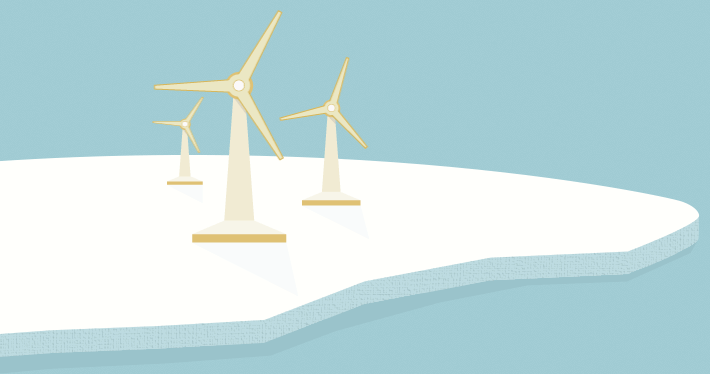Melting Arctic sea ice
In 2015, University of Washington researchers compiled a survey of Arctic ice-floe melting trends for the past 40 years. Data gathered by space satellites, aircraft, ships and submarines shows that the area of Arctic sea ice has shrunk by 65 percent
The Arctic plays an important role in effecting global climate change and is therefore called the “weather kitchen.” Arctic ice formations serving as natural temperature regulators reflect sunlight and therefore prevent the Earth from overheating
Since 1979, space satellite data has been used to regularly measure the area of Arctic sea ice
